Welcome to Puno!
Puno is a legend, a multicolored festival located on the Andean plateau of Peru, dominated by Lake Titicaca, sacred place of the Incas and home to natural and artificial islands. Among the many destinations, there are pre-Hispanic archaeological sites with circular constructions that still go by their original name of “chullpas”. Puno’s churches are characterized by their distinctive colonial architecture. Its inhabitants are proud of their Quechua and Aymara past, and their folkloric tradition that can be seen every year in the form of dances and rituals during the Candelaria festival.
Sights
Main attractions in the city
It was built and dedicated to Our Lady of the Immaculate Conception in the 17th century. The temple is an example of the mestizo baroque style. The facade was sculpted by Peruvian stonemason Simón de Asto and has engravings cut into granite featuring predominately Andean motifs.
Main attractions beyond the city
There are more than 80 islands, each inhabited by Uro-Aymara families who build floating houses out of reed mats on Lake Titicaca (12,500 feet above sea level). The main islands are Qhantati, Aruma Uro, Santa María Mallco, Suchimaya, Parihuana, Pachamama, Suma Wiljpa, Tupiri, Tribuna, Toranipata, Chumi and Paraíso.
The island is divided into ten villages dedicated specifically to the growing of potatoes, corn, oca, quinoa, broad beans and peas, while typical handicrafts of the area are textiles and stone carvings. It stretches across an area of 9.28 km2 (3,817 masl), with typical flowers from the area being the muña (Andean mint), kantuta, wild sage, tola and patamuña. Among its natural attractions are two viewpoints at the highest point from which the entire lake can be seen, as well as Pre-Hispanic and ceremonial sites centres and a mummies cemetery.
The area is known for its friendly people, who still preserve traditional customs and clothes. Among the highlights are the laboriously crafted, fine textiles with symmetric and symbolic patterns, with strong colours that reflect Andean customs and beliefs. It is around 5.72 km2 in size, and the altitude between the port and town varies from 3,810 to 3,950 masl. The maximum temperature is 23°C and the minimum is 7°C. On the island, remains from pre-Inca periods can be found, and can be particularly well observed on the higher parts of the island . During the colonial era and until the beginning of the 20th century, the site was used as a political prison, but from 1970 it became the exclusive property of the Taquileans.
Natural viewpoint from which visitors can see the city and Lake Titicaca. On the top of the cliff, one can see a monument to Manco Cápac, founder of the Inca Empire. It is said that there are caverns in the hills through which underground tunnels link Puno with the Korichanca temple in Cuzco.
Located on the shores of the Umayo lagoon. Famous for its chullpas, great circular towers built to store the funeral remains of leading authorities for the ancient inhabitants of Collao. Some reach up to 12 metres high, and their bases are smaller than the top sections. The Site Museum, which holds various items from the Colla, Tiahuanaco and Inca Civilizations, is located just a short distance away.
Puya raimondii is the largest plant of the bromeliad species, reaching up to several meters in height. It grows exclusively at altitudes of 3200m (10500ft) to 4800m (15750ft) above sea level, and is only found in the Peruvian and Bolivian Andes. In a time when our planet is at such risk of deforestation, global warming and environmental damage, it is truly awesome to behold such rare and beautiful plants in their natural habitat! Known as the Queen of the Andes, they live up to their regal title! Come and see a forest of them just outside of Puno.
Video
Map

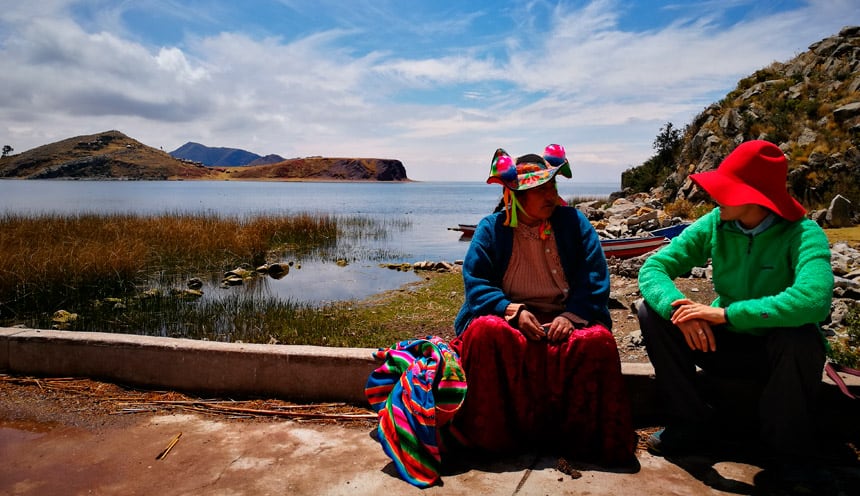
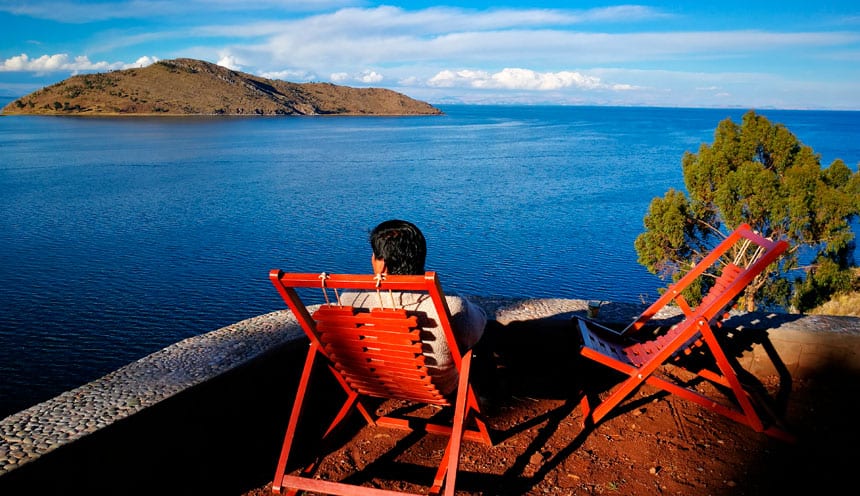
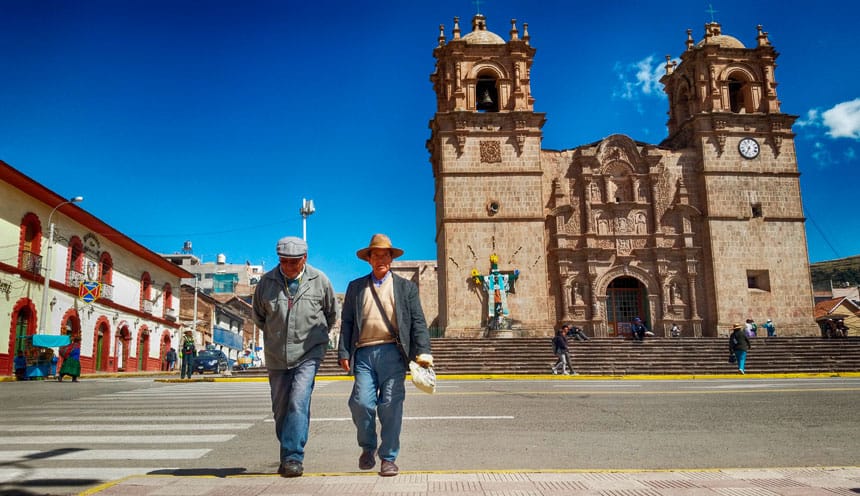
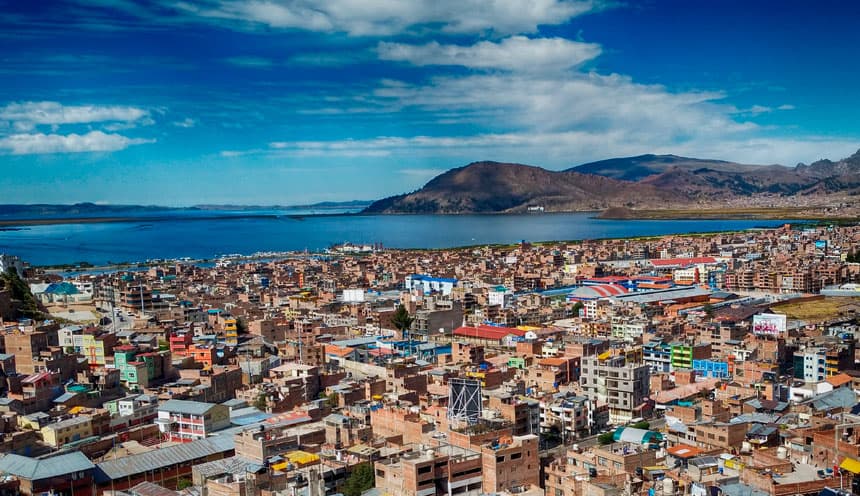
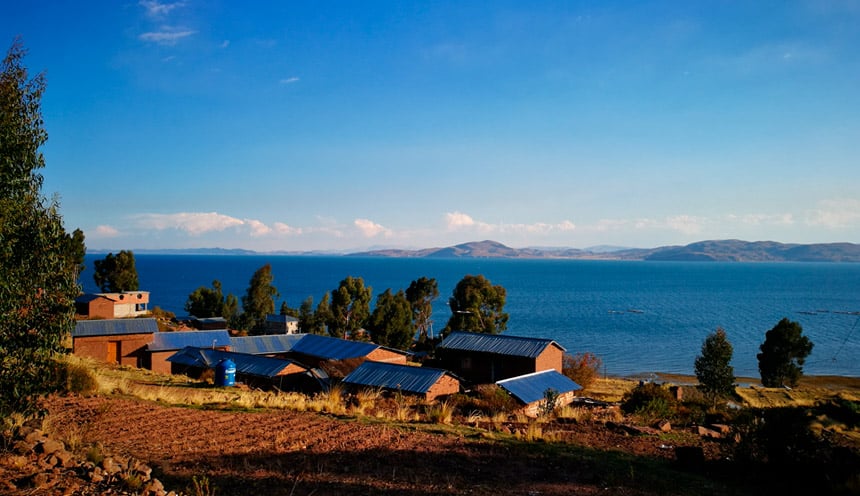
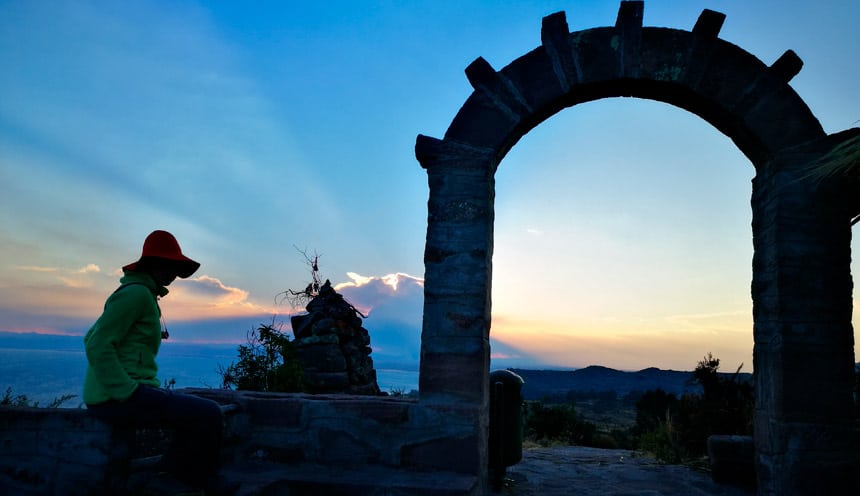
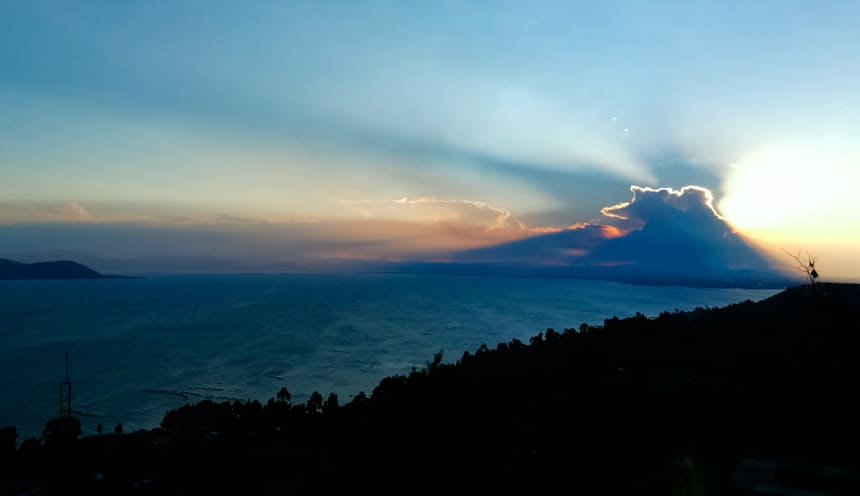
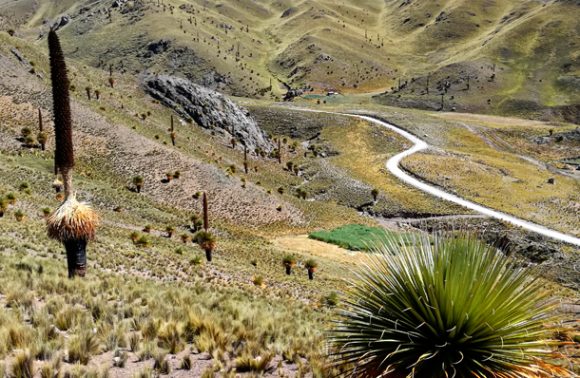
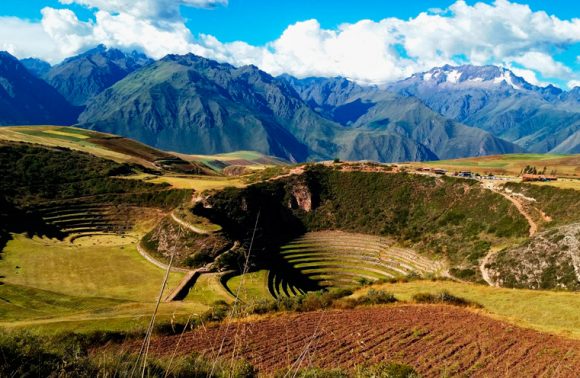
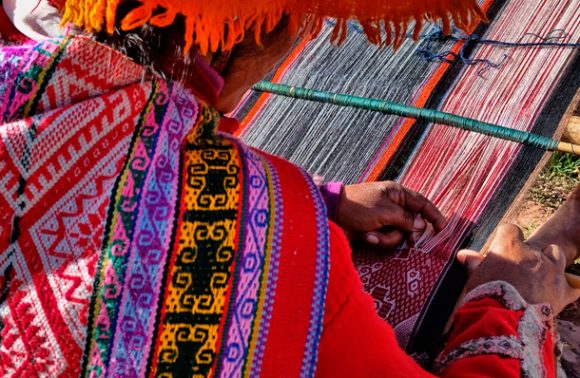
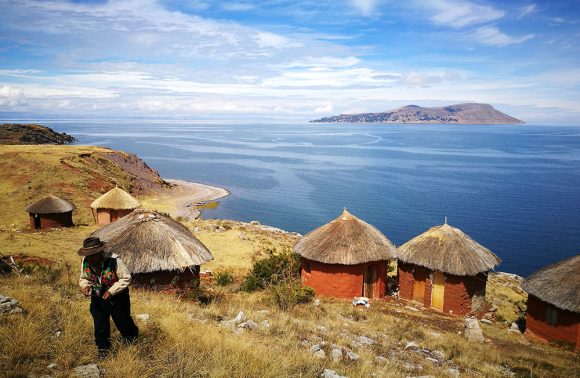
Leave a Review